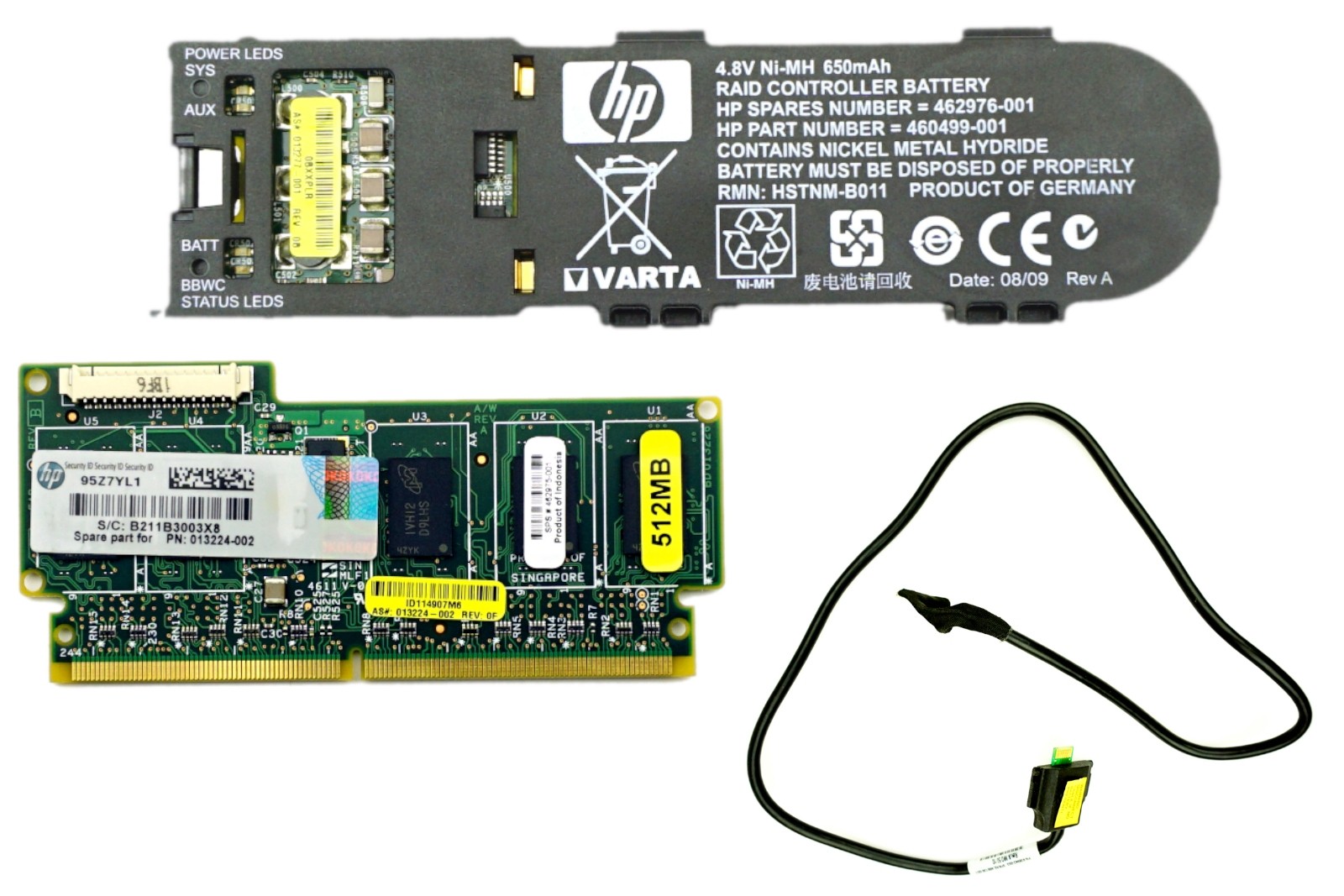

In this example, as shown in the above output, we have total 7 physical drives. Physicaldrive 2I:1:8 (port 2I:box 1:bay 8, SAS, 300 GB, OK) Physicaldrive 2I:1:7 (port 2I:box 1:bay 7, SAS, 300 GB, OK) Physicaldrive 2I:1:6 (port 2I:box 1:bay 6, SAS, 300 GB, OK)

Physicaldrive 1I:1:4 (port 1I:box 1:bay 4, SAS, 300 GB, OK) Physicaldrive 1I:1:3 (port 1I:box 1:bay 3, SAS, 300 GB, OK) Physicaldrive 1I:1:2 (port 1I:box 1:bay 2, SAS, 146 GB, OK) Physicaldrive 1I:1:1 (port 1I:box 1:bay 1, SAS, 146 GB, OK) To display the detailed status of the controller and the disk status, execute the following command. The following is exactly same as the above. Or, if you don’t want to get to the hpacucli prompt, you can just enter the following directly in the Linux prompt. Type "help" for a list of supported commands. HP Array Configuration Utility CLI 9.20.9.0 When you type the command hpacucli, it will display a “=>” prompt as shown below where you can enter all the hpacucli commands explained in the article.
#Hp smart array p410i controller adu install#
To use hpacucli, download and install the latest version of hpacucli rpm from the HP website on your Linux server. Hpacucli is used to create, delete and repair the logical and physical drives on the smart array controllers in HP servers. HPACUCLI stands for HP Array Configuration Utility CLI.Īs the name suggests, this utility is for HP servers.


 0 kommentar(er)
0 kommentar(er)
